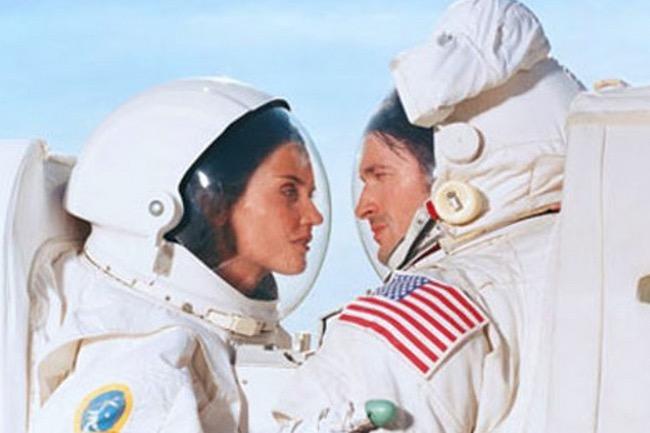
To help make this dream a reality, the company has launched the “Sexploration” campaign on Indiegogo: a crowdfunding effort which will run through the next 30 days, and which seeks to raise $3.4M to fund the maiden voyage. The campaign’s proceeds will go directly towards “securing key components, such as the cost of shuttle seating for the crew and performers, as well as state-of-the-art video equipment to broadcast the iconic moment.” If all goes as planned and the campaign reaches its ambitious goal, takeoff could happen sometime in late 2016.
“We’re looking to pioneer a one-of-a-kind mission to push the boundaries of intergalactic sexploration, defy gravity and make history,” said Pornhub VP Corey Price. (We have to take a moment to note that the performers will actually be defying zero gravity). Price went on: “We are excited to change the adult industry as we currently know it by venturing into the final sexual frontier. This will be a grand experiment in learning how intercourse works after penetrating the Earth’s atmosphere, a lesson we’d like to broadcast and produce — with great enjoyment — in direct collaboration with those interested in being a part of the global front that will make this a reality.”
To be quite honest, most of the backer rewards are pretty boring. Ten bucks gets you a certificate of endorsement that proves you supported the effort, and even at the $250 level, all you get in return is a signed HD copy of the film, a t-shirt, and a duffel bag. It doesn’t get interesting until you reach the $20,000 level. If you’re willing to dish out that kind of dough, Pornhub will actually let you plan out an entire scene in the movie — costumes, script, positions; the whole nine yards.
It’s a fun idea, for sure, but Pornhub still has a long road ahead of it right now. At time of writing, the campaign has only gathered up about $1,600 in pledges from just over 65 backers, so it’s not exactly on track for that $3.4 million goal. Personally, we think they should’ve put the name of the film up for vote, and dealt out ballots based on the amount backers contribute. Who wouldn’t want a say on what the first legitimate space porno is named?




